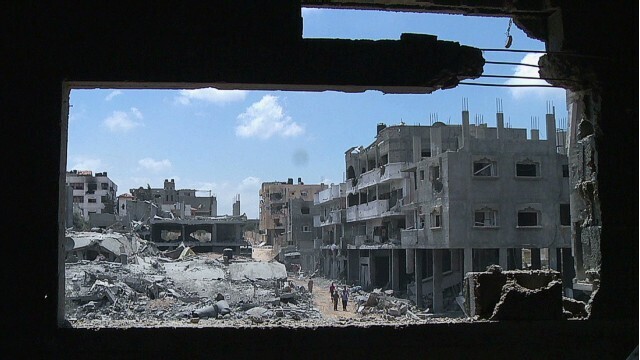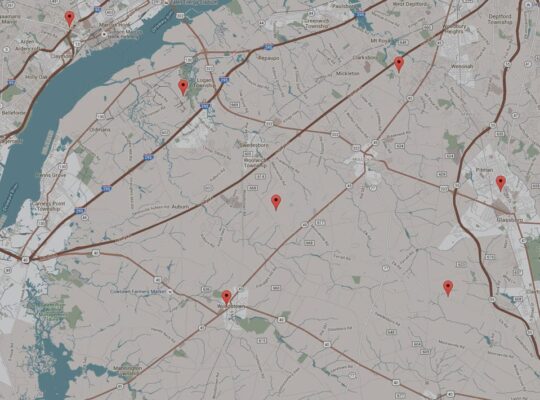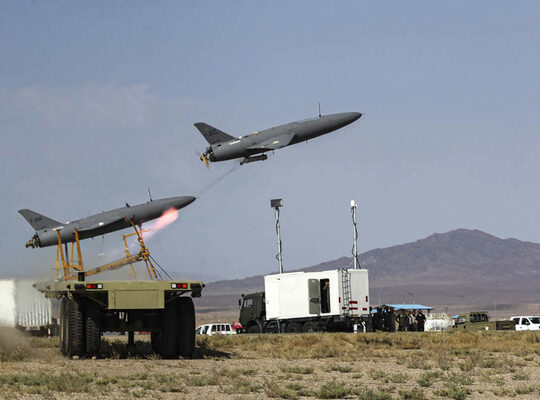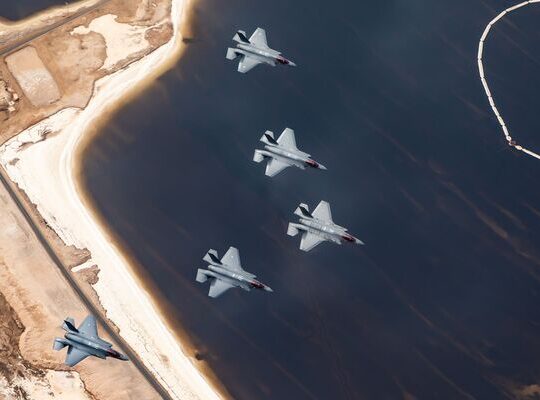The Palestinian death toll in Gaza stands at more than 1,800, with nearly 10,000 wounded, Gaza’s Health Ministry said Sunday. More than 300 children have died, the ministry has reported, as the United Nations repeatedly raises concerns about the high number of deaths in Gaza.
On the Israeli side, 64 Israeli soldiers and three civilians have died since fighting began more than three weeks ago.
Why are the death tolls lopsided? Why so many deaths in Gaza?
Here are five reasons that dictate the brutal logic of the latest Mideast crisis.
Uneven resources
While Hamas has shown itself to be a formidable guerrilla army, Israel’s military dwarfs the resources available to the militant Islamic organization, which controls Gaza.
Read: What is Hamas?
Hamas does not have the sophisticated weaponry and technology that Israel possesses. Consider Israel’s Iron Dome system, which intercepts and blocks incoming rockets. The Israeli military has said that it has depleted most of Gaza’s rocket supply and Israel Defense Forces says more than 3,000 rockets have been fired from Gaza at Israel.
Read: How does the Iron Dome work?
Unlike Gaza, Israel has bomb shelters and an advanced warning system to let its population know when and where rockets are coming in. Hundreds of thousands of people have reportedly downloaded Red Alert, a smartphone app that uses real-time information from the IDF and the country’s version of Homeland Security to trigger a phone’s alarm when rockets are detected.
Illustrating just how powerful Israel is in this battle, Israel has been texting Palestinians’ cell phones with messages warning where the Israeli military will strike. Palestinians have told CNN they are receiving these messages. Israel has also been doing what it calls “roof knocking” – or dropping empty shells on rooftops – warning those inside buildings to get out fast because a strike with explosive shells is imminent.
“Civilian casualties in Gaza have been too high,” Pentagon spokesman Col. Steve Warren said in Washington on Thursday. “It is clear the Israelis need to do more. We want them to do more.”
The nature of the battlefield
More than 1.8 million people live in Gaza, which is 139 square miles in total land area. That makes for very cramped living. When airstrikes happen, when shells land, having more people in a small area often means higher death tolls.
And even if Palestinians receive and heed warnings to change locations before an airstrike hits, it’s likely they’ll have nowhere safe to run. There are no bomb shelters or warning sirens in Gaza. And it’s practically impossible to leave. There’s a barrier fence around the perimeter of Gaza. Israel controls all air access to Gaza and land access along their border. Egypt controls access on the southern border and that crossing is also closed.
United Nations schools in Gaza – with clear U.N. markings – have been turned into shelters during the conflict, and for a while they were considered safe. But strikes have recently hit several of those locations, killing and injuring many, including women and children.
Each side blames the other. In some cases, Israel has said Hamas rockets were launched and fell short, landing on the schools, and stressed that it uses “precision” airstrikes. Regarding shells that fell in the vicinity of a school on Sunday, killing at least nine people, the IDF said it targeted three Palestinian Islamic Jihad members riding a motorcycle in the vicinity of the school. It said it’s reviewing the incident.
Hamas says Israel targeted the schools.










